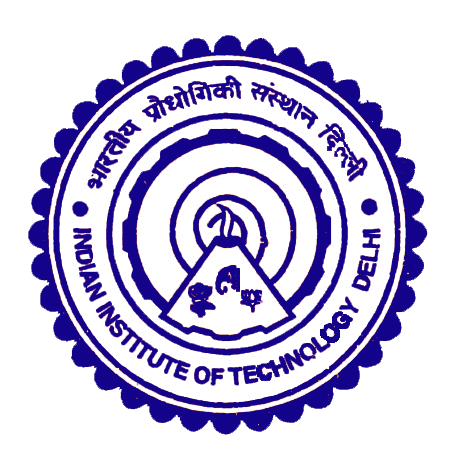Autophagy : regulated self-eating
Macroautophagy, commonly referred to as autophagy (“self-eating”) is a process wherein cellular contents are degraded by lysosomes or vacuoles, leading to the recycling of amino acids required for survival under conditions of stress and starvation (Bento et al., 2016). In response to the metabolic needs of the cells, ATG1(autophagy related 1)/ULK1 (Unc-51 like autophagy activating kinase-1) complex and the PI3K-III complex initiate autophagy. This leads to the formation of phagophores which engulf intracellular cargo generating double-membranous structures called autophagosomes, which eventually fuse with lysosomes to form autolysosomes, degrading the contents to release amino acids and other metabolites (Figure 1A)(Bento et al., 2016). Even though primarily a pro-survival process, excessive ‘’self-eating’’ could be harmful to the cells and hence the process is tightly regulated. Different nutrient sensing pathways convey signals to the autophagy machinery, phosphorylating autophagy related gene-products and regulating diverse phases of autophagosome formation and resolution. Under nutrient rich conditions mTORC1 (mammalian target of rapamycin complex 1) phosphorylates ULK1 and ATG13 in the ULK1 complex effectively suppressing ULK1 activity and autophagy. Loss of mTORC1 activity during amino-acid and nutrient starvation releases this break on ULK1 activation and initiates autophagy. AMPK (5' adenosine monophosphate-activated protein kinase), a kinase activated in response to energy-depletion also regulates the activity of the ULK1 complex. mTORC1-dependent suppression and AMPK-mediated activation of the ULK1 complex are among the most studied mechanisms coupling nutrient sensing to autophagosome biogenesis. In addition, the PI3K-III (phosphatidylinositol 3-kinase, class III) complex also acts as an equally important signaling hub coordinating signals from diverse signaling pathways to fine tune the autophagy-flux. BECN1, a protein in the PI3K-III complex is phosphorylated by an array of kinases, which in turn regulates the assembly and activity of the PI3K-III complex (Figure 1B & C) (Reviewed in Menon & Dhamija, 2018).
The importance of autophagy in cell and animal physiology is slowly being appreciated, but whether it is a positive or negative factor in tumorigenesis and cancer progression is debatable. Some cancer cells display high rates of basal autophagy, making them resistant to metabolic stress, which makes autophagy a target for anti-cancer intervention (Bhat et al., 2018). In tumours, the oxygen and nutrient availability is limited and, hence, glycolysis and autophagy contribute greatly to the energy and nutrient requirements of cancer cells. In contrast to this view, different reports have proposed a process termed ``autophagic cell death``, wherein uncontrolled autophagy is thought to result in cell death. Whether the presence of autophagic vacuoles and high rates of autophagy in dying tumor cells represent the remnants of the survival strategies of dying cells or whether these are active factors contributing to cell death is hard to verify in vivo. Despite the question whether autophagy is pro-oncogenic or pro-cell death, chemical modulators of autophago-lysosomal pathway have been demonstrated to suppress cancer cell proliferation in vitro and in vivo, suggesting that the precise balance of autophagy is critical for cell survival.

Figure 1. Multi-level regulation of Autophagy by Kinases. A. The scheme depicts the phases of autophagosomes assembly from initiation to nutrient recycling. The steps include the structural transformation from the pre-autophagosomal structure (PAS) to phagophore to autophagosomes, culminating in the fusion of autophagosomes with lysosomes facilitating the degradation of their contents in autolysosomes. The regulatory protein complexes involved are depicted with their components and the presence of regulatory phosphorylation event/events are shown. B. Primary structure of BECN1 showing the BCL2/BCL-XL binding BH3 motif (residues 105-130), flexible helical domain (F, residues 141-171) and the central coiled coil domain (CCD, residues 175-265). Evolutionary conserved domain (residues 248-337) and β/α-repeated, autophagy-related (BARA) domain (265-450aa) is represented together as ECD-BARA (Mei et al., 2016). The approximate locations of pro-autophagy (green) and inhibitory (red) phosphorylation sites are shown. The contributions of the different domains to complex formation with interactors are also indicated. C. Phosphorylation-dependent conversion of inactive BECN1 homodimer/BCL2-complex to an active PI3K-III complex is depicted. The STK4-mediated BECN1-BH3 domain phosphorylation (negative regulator of autophagy), triple phosphorylation of BCL2 which releases BCL2 from BECN1, representative N-terminal BECN1-phosphorylation events promoting BECN1-BCL2 dissociation as well as activating the PI3K-activity are presented (positive regulation).(Figure taken from Menon & Dhamija, 2018, Front. Cell Dev. Biol.6:137).
